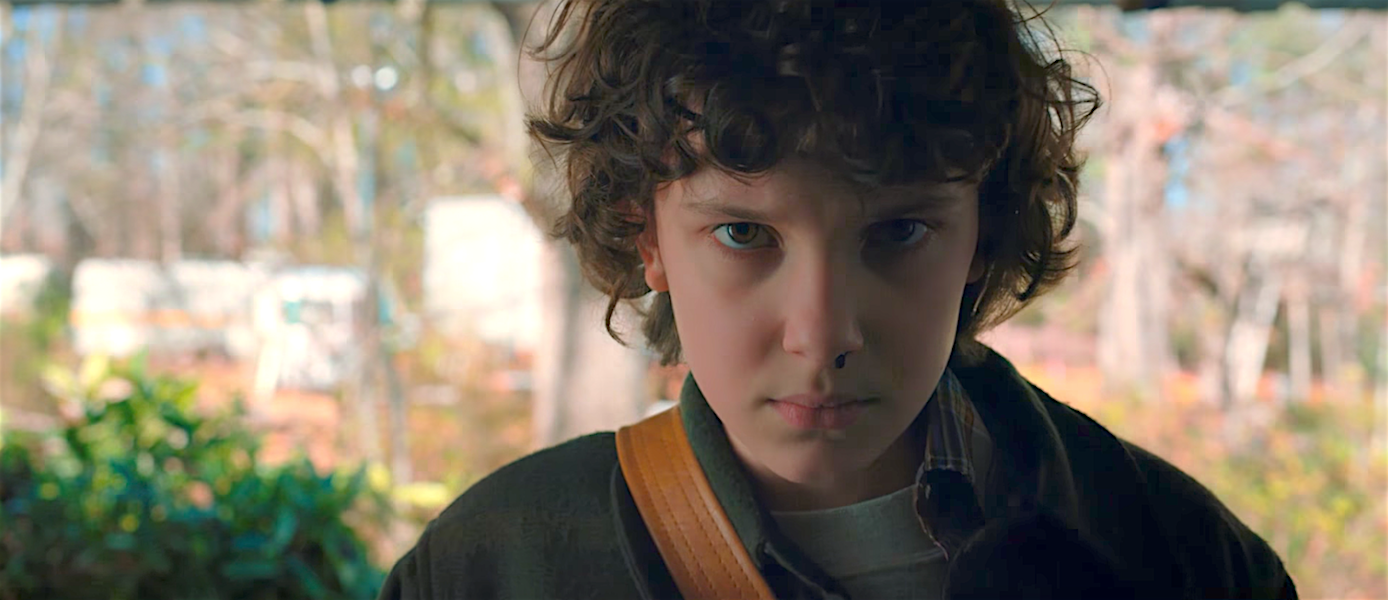Family films are often dismissed as strictly juvenile fare
that have little to offer adult viewers. Some family films, however, earn that
family status by providing entertainment that truly is for the entire family.
One such film is the 1979 adventure/comedy The
Muppet Movie. Over the course of its ninety-seven minute running time the
film offers so much laughter, life lessons, and inspiration that even the most cynical
of viewers will be cheering for Kermit and company to find the rainbow
connection and make their Hollywood dreams come true.
 |
| Moving right along, foot loose and fancy free! |
The story begins as Kermit the Frog longingly
daydreams about life beyond the confines of his swamp. After a chance meeting
with a Hollywood talent scout who encourages him to pursue his dreams, Kermit
leaps into action and sets out for Hollywood. Kermit soon learns that the road
to fame is not paved with gold, however, when relentless restauranteur Doc
Hopper attempts to persuade Kermit to become the face of his fast-fried frog
legs chain. Despite Kermit’s repeated refusals Hopper will not take no for an
answer and doggedly pursues Kermit on what is easily one of cinema’s wildest
road trips. Along the way, Kermit encounters a colorful cast of characters
including aspiring comedian Fozzy Bear, eccentric dare devil Gonzo, and
model/actress Miss Piggy. Through their by turns slapstick and suspenseful
adventure the group learn lessons in life and love that will hold equal appeal
for the young and young at heart.
Much like Jim Henson’s previous success, The Muppet
Show, The Muppet Movie succeeds by prioritizing
being a good movie over being a family film. The film merges the best in family
entertainment and cinema at large to relate its wonderfully wacky tale. The
central premise of a protagonist looking to find himself on the open road would
be at home in a number of coming of age films directed towards adult audiences,
as would the characters’ struggles to find success in Hollywood. Similarly, the
dynamic between Kermit and his cohorts recalls the best in buddy comedies past
and present. While the film’s inclusion of these cinema staples maintains the
interest of adult audiences, the film’s child-friendly approach ensures that it
is still age-appropriate. The script strikes an ideal balance between adult and
child humor by including pop-culture references that will largely be lost on
young viewers as well as more universal slapstick gags. In this way the film is
able to maintain its madcap sensibility while still carrying broad audience
appeal. The innovative visuals which largely utilize hand-made puppets in place
of actors brings the whimsical world of the Muppets to vibrant life. The
inclusion of Broadway-style songs also enriches the story by lending valuable
insight into the characters while still keeping audiences’ tapping their toes.
The now famous Rainbow Connection particularly stands out for its inspiring
message and wistful melody.
 |
| Piggy believes in miracles...where you from, you sexy frog, you |
The cast perfectly captures the anarchic spirit of the
Muppets as actors work alongside their puppet co-stars, to bring the antics of
the beloved puppets to life. Charles Durning and Austin Pendleton make an ideal
comedic pair as the deranged Doc Hopper and his conflicted henchman, Max. The
host of celebrities who pepper the film with cameos also lend apt support even
as the spotlight remains firmly upon our felt heroes. The efforts of the voice
actors and puppeteers combine to create top-notch performances that will have
viewers forgetting that the leads aren’t flesh and blood.
Equal parts comedy and adventure, The Muppet Movie is
a journey for the eyes, ears, and above all the heart. Through a combination of
song, dance, and setting the film creates a whimsical version of our own world
in which even our wildest dreams can come true. The film defies genre expectations
through its use of witty but gentle humor, loveably flawed characters, and
resonant but not forced life lessons, earning it a spot amongst the best in
family entertainment. Nearly forty years after its release The Muppet Movie
remains a must-see for the lovers, the dreamers, and the child within us all.



